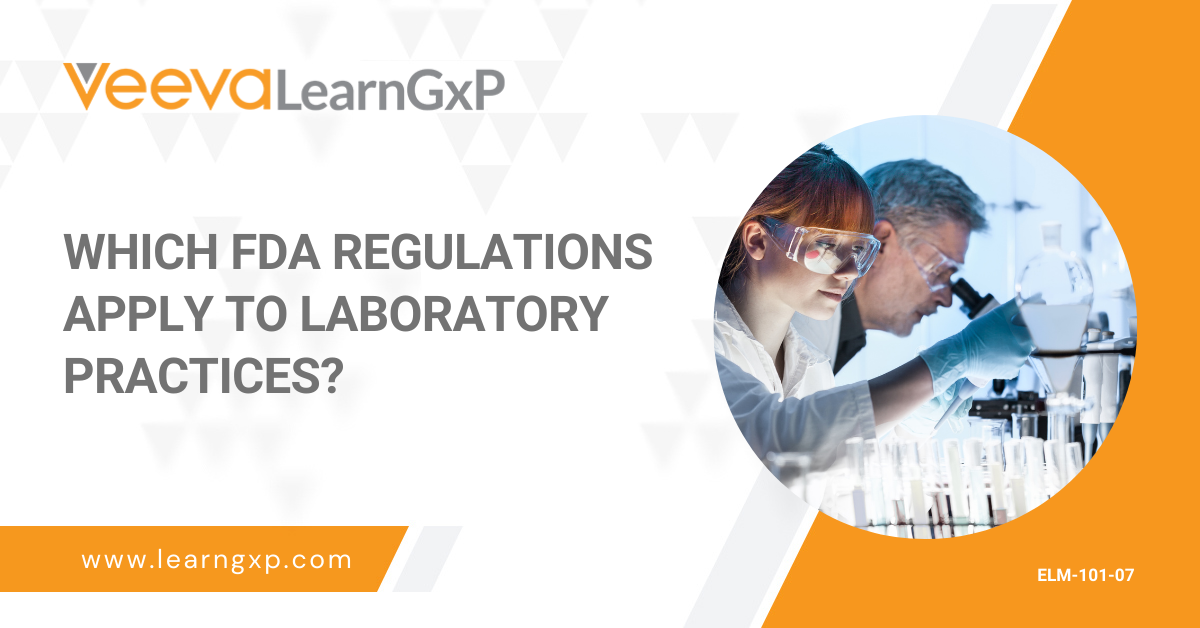Any instrument that is used in the pharmaceutical industries, small laboratories and health care industries is required to always provide reliable and accurate data. Accuracy and integrity of an instrument is established through qualification, calibration and validation. This is very important for all analytical lab instruments, and for everyone in this industry who makes use of such equipment.
What is the purpose of laboratory equipment qualification or equipment validation?
Equipment qualification is necessary because it makes these instruments provide data that is valid and is per the requirements of medical device industries. Manufacturers of these instruments normally support their customers in the course of making calibration easy by giving out manuals on how to go about the calibration.
You might find that your equipment has broken down due to frequent usage or wear and thus requires repair. Once repaired, any equipment will need to undergo requalification in order to make sure it continues to work accurately.
Examples of Equipment used in the Pharmaceutical Industries
Some useful equipment and instruments that you will find being used in the pharmaceutical industries include:
- Analytical balances
- Melting point apparatus
- Fluorometers
- Active ingredient dissolution test apparatus
- Tablet disintegration test apparatus
- Volumetric titrators
- Leak test apparatus
- PH meters
- Friability test apparatus
- Magnetic stirrer
Qualification Plan for Equipment and Instruments
Companies manufacturing medical devices are all required to come up with qualification plans that are going to be used as standards for equipment everywhere around the world. These plans outline how the equipment should function safely and consistently, as intended. The plans take into consideration the IQ OQ PQ Protocols described below as a means of validating that an instrument meets regulatory specifications.
Design Qualifications (DQ)
Design qualifications are the specifications a manufacturer uses to describe a device or equipment. It seeks to demonstrate that the requirements detailed in the User Requirements Specifications (URS) are all going to be executed satisfactorily before a new design can be authorised.
Installation Qualifications (IQ)
When you choose equipment for use at your company, you are going to be guided by the specifications the manufacturer gave for it. IQ is what evaluates whether these specifications were all met so that you can begin using the device in trust that it will operate as it was designed to. For instance, if it specifies to be of a certain power rating, IQ ensures that it has that specific power output.
Operational Qualification (OQ)
Operation qualification goes to challenge if the device is functioning correctly in compliance to its set specifications. The operation of the device must be as it was described for it.
Performance qualification (PQ)
This step involves a physical examination that tests the device. It’s intended to confirm that the device actually works consistently within the specified limits that have been set up by a manufacturer. This is the protocol that confirms that you can actually start using the apparatus.
The DQ IQ OQ PQ processes help you spec out an instrument or equipment, purchase it, install it and get started on the work you intend to do with peace of mind.
GMP Pharmaceutical Laboratory Compliance
The process of drug manufacturing uses quality assurance concepts that work to ensure any medical product that is manufactured is safe and of high quality. Manufacture of medical products is regulated by the Current Good Manufacturing Practices (CGMP) and is enforced by Food and Drug Administration or FDA in short.
Adherence to CGMP requires that manufactures produce drugs that meet their set standards which reduces the risk of drugs being adulterated or misbranded. For a new drug to be approved, a manufacturer must show that there was compliance to GMP (Good Manufacturing Practices).
FDA Guidelines are used to audit a company’s facilities and manufacturing process using a checklist to confirm if the required standards are being followed. The FDA requires that a procedure used during the manufacturing process is designed such that once adopted, it will serve as a process validation guide to give desired and consistent results throughout.
Such a procedure is developed through validation, which is an established documentation to be used as evidence that a process will produce a product of predetermined specifications and certain quality attributes.
Calibration and Validation
Calibration is a process which seeks to ensure that a device performs within specified limits when compared to a standard reference. Validation on the other hand is documented evidence that a device will consistently produce results meeting a predetermined requirement. Calibration and equipment validation services can be sought from professionally established companies which adhere to all industry standards and regulations.





